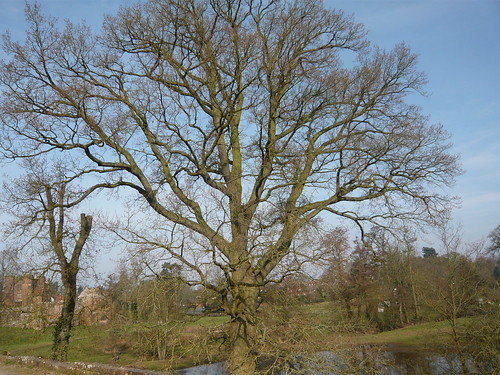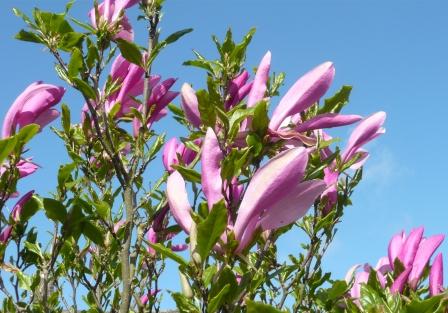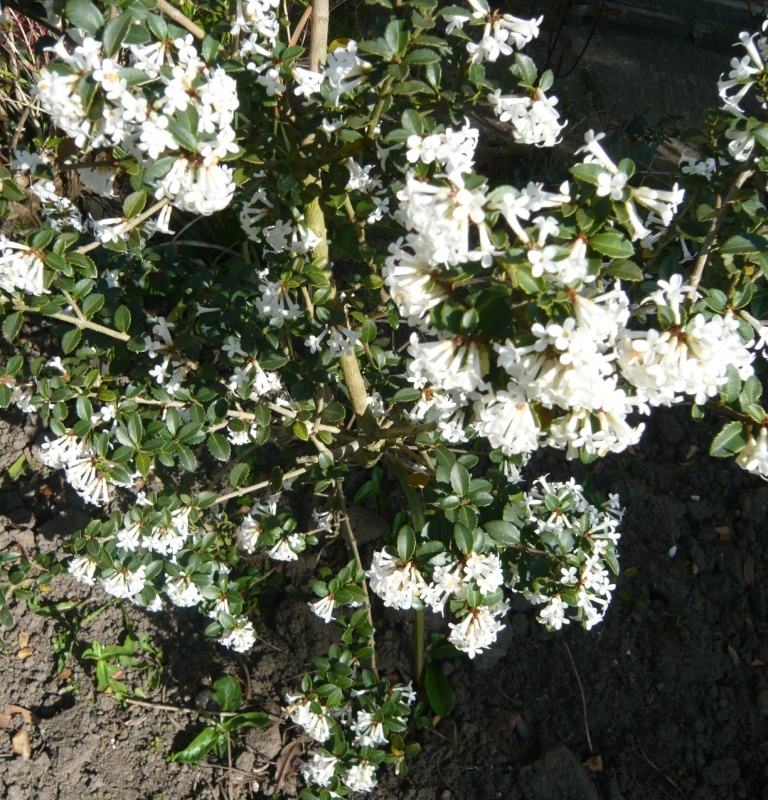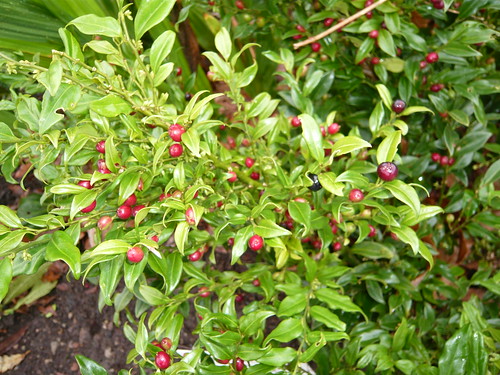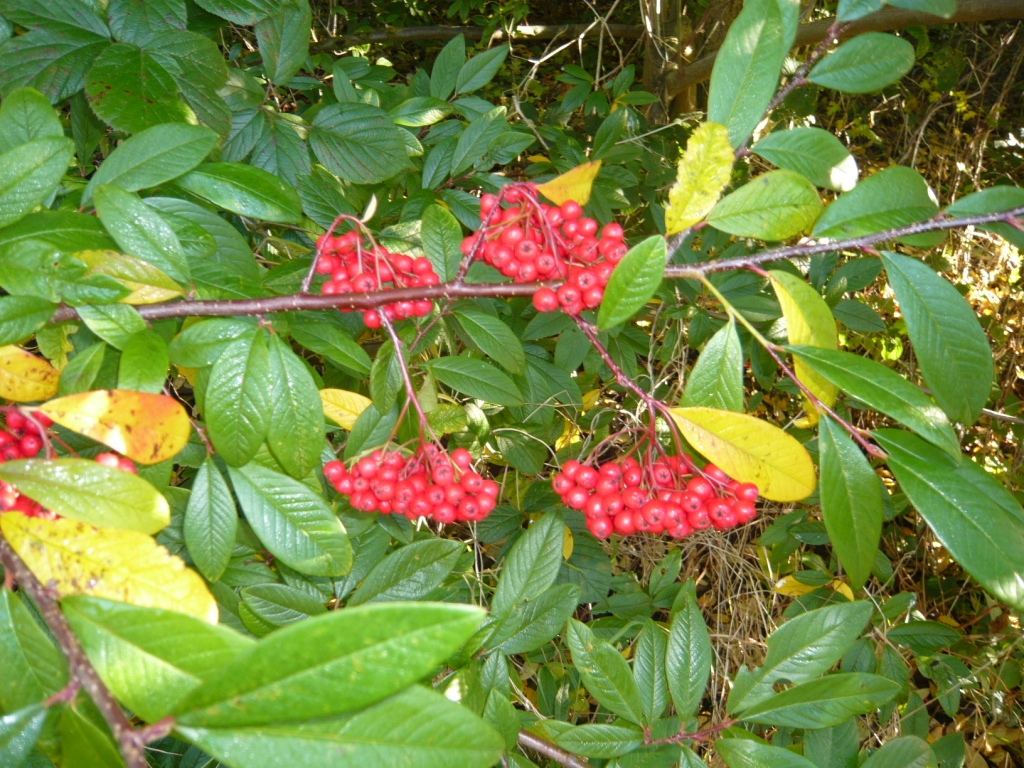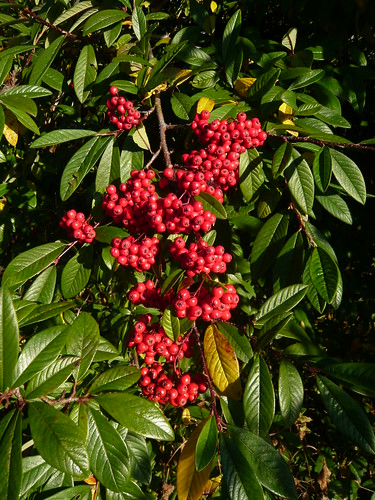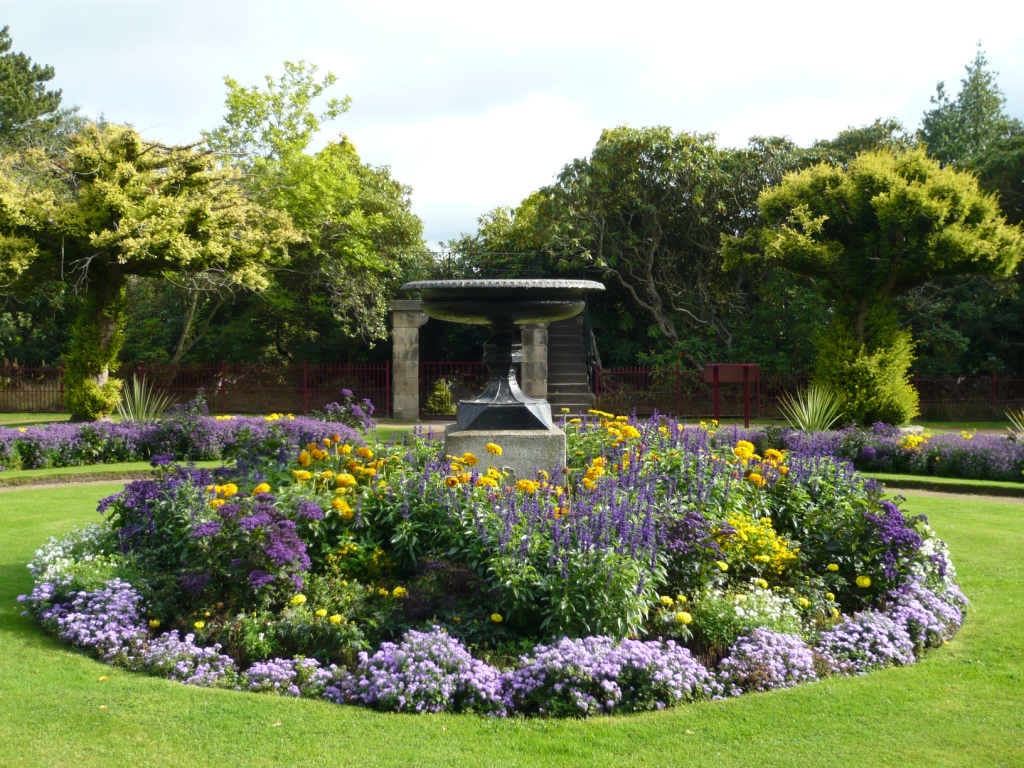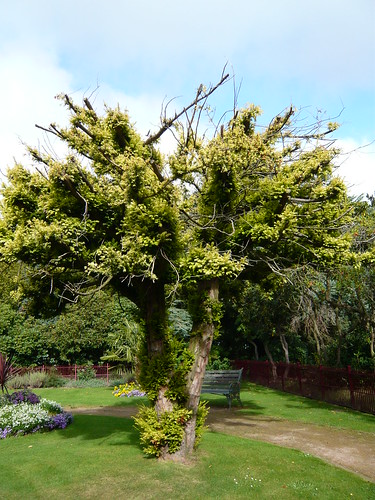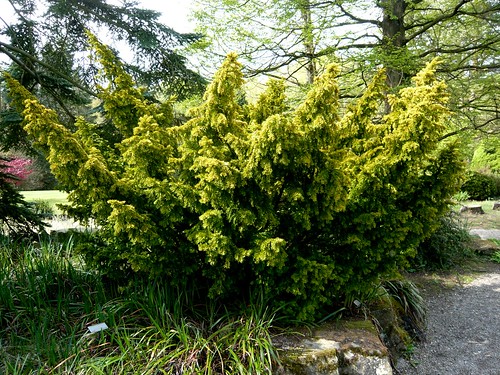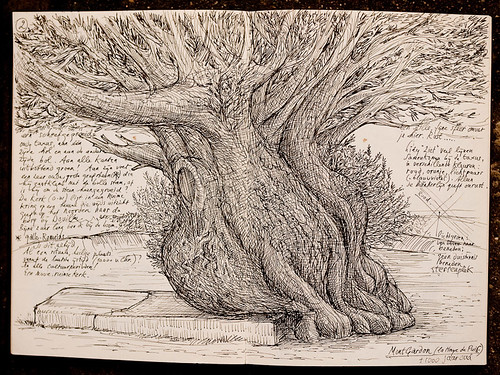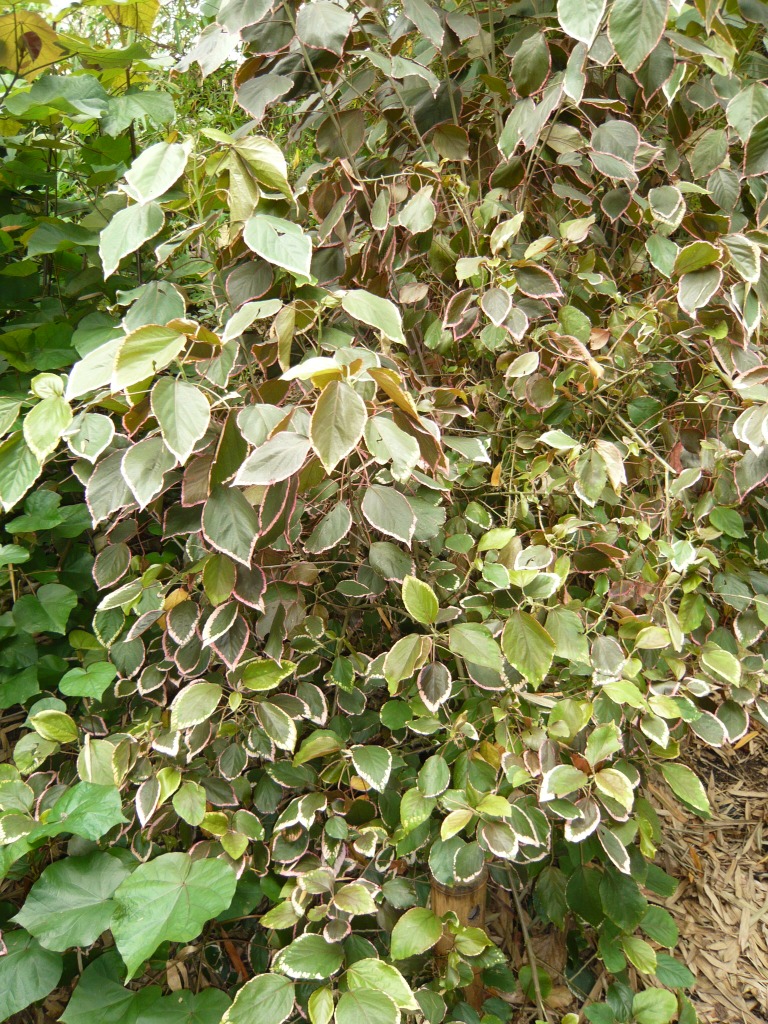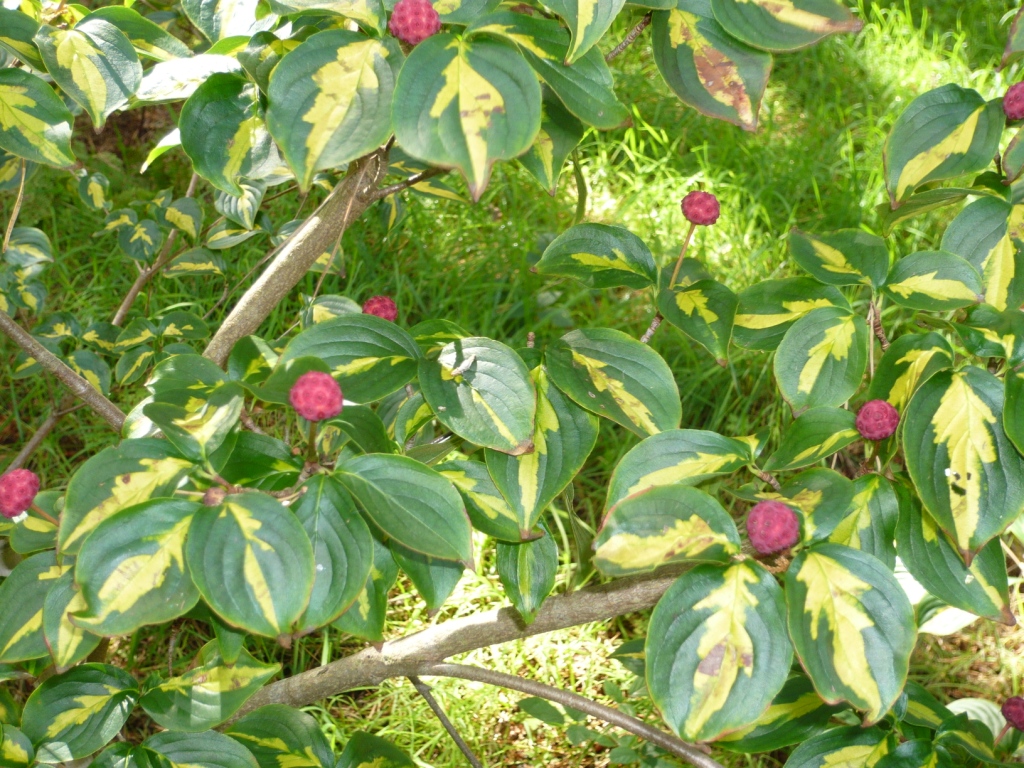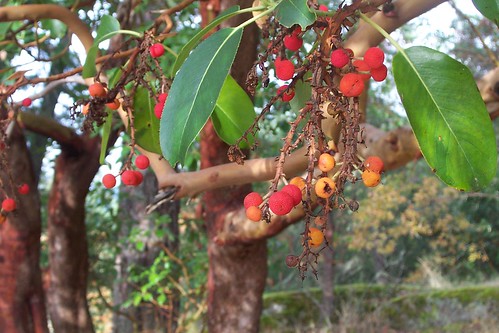We have got over the season of Christmas Roses in boxes of chocolates at least! Passing over Helebores we consider many types of rose that can be grown in an ordinary English garden.
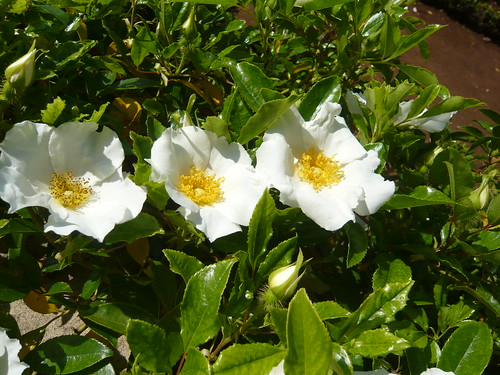
Wild Roses
These roses have 5 petals, a mass of stamens and produce large hips. There is a large range of size, scent and flower colour. There are approximately 150 species of wild roses.
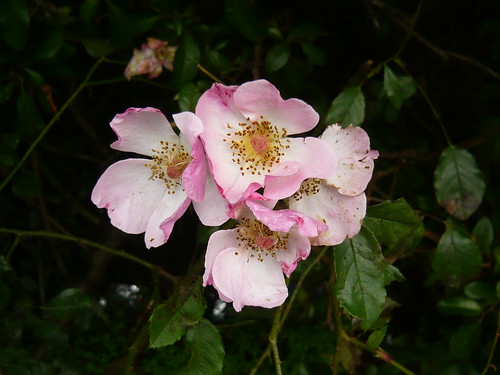
Gallicia Roses
Amongst the oldest cultivated roses for the scent and medicinal properties. The plants are suckering with dark green leaves and bristly stems.
Damask Roses
The petals are distilled to make Attar of Roses perfume. Summer Damask flower once whilst autumn damask flower twice a year. The colour is generally purple fading to washy pink. They are grown in Turkey and Bulgaria for commercial perfume manufacture.
Alba Roses
Alba roses may have been cultivated since Roman times to form large shrubs with arching stems. The plants are very tough and can survive in neglected gardens for many years. Large volumes of white flowers show over a short flowering period.

Centifolia Roses
Dutch paintings of the 16th century often features these rounded double pink roses.
Moss Roses
Often depicted on crockery in the 19th century these roses have stems and sepals with a dense mossy cover in green or brown.Little or no pruning is required.
Portland Roses
A small group similar to Gallicias but with repeat flowering in bright red or pink. A tough and hardy rose.
China Roses
China roses have smooth leaves and less scent but the flowers have thick petals and smooth shiny leaves.
Tea Roses
With few thorns and smooth shiny leaves the yellow, apricot and pink flowers are graceful plants in a warm climate.
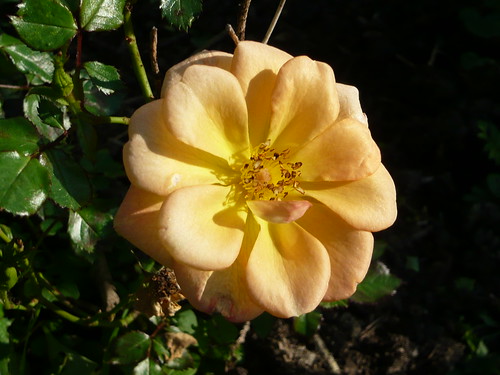
Noisette Roses
Originating from North America these plants combine the good scent and late flowering of Musk roses with the larger flowers of China and Tea roses.
Bourbon Roses
The rounded flowers in sprays are usually well scented were popular in the 19th century. See also
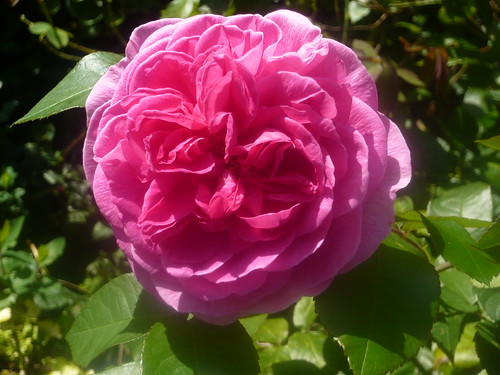
Hybrid Perpetual Roses
Coarser and leafier than teas these plants are prone to mildew but with strong colours and good scent they are popular for late flowers.
Climbing Roses
These roses are bred for climbing and need plenty of water to excel. Varieties may flower only once or twice per year depending on the parentage. They need support and pruning to get the best flower display.
Ramblers
Distinguished from climbers by the masses of small flowers in one flush. Generally they are originally a cross from a white climbing wild rose.
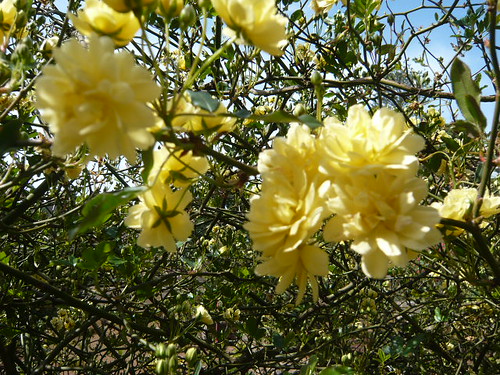
Ground Cover Roses
Developed to fill the need for trouble free spreading and weed suppressing with long flowering periods. Try Flower Carpet, Grouse or Nozomi.
Hybrid Musk Roses
One of the best small groups producing scented flowers in white, cream or pale pink.
Rugarosa Roses
Grows well and relatively trouble free in poor soil to produce single flowers and large decorative hips.

Shrub Roses
This is a catch-all grouping of wild crosses that do not fit other rose categories.
Hybrid Tea Roses
The traditional and popular type of cultivated rose bred for the tall bud and larger blooms.
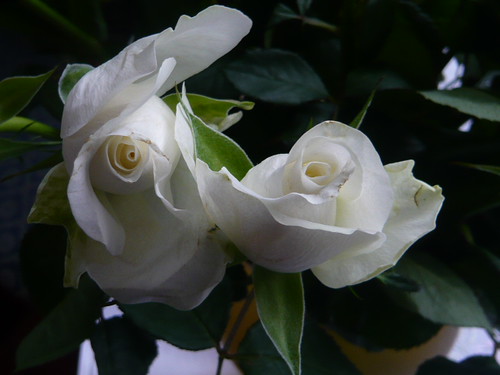
Polyantha Roses
Repeat flowering small plants that have been bred to produce the floribunda varieties. They are often confused as miniature hybrid teas.
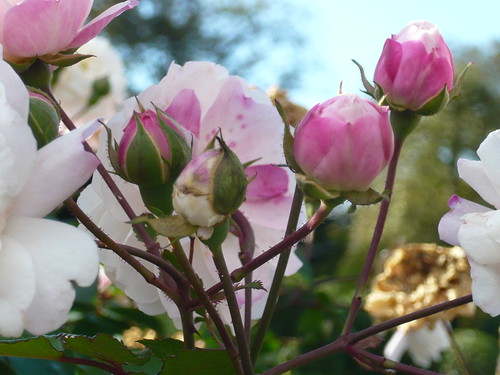
Floribunda
Masses of coloured flowers throughout the season they became a dominant type of rose through the last century.
English Roses
David Austin inspired old roses crossed with disease resistant modern varieties have produced some stunning plants.
Romantica and Generosa Roses
Meilland branded roses with scented double old fashioned, HT or climbing roses. Generosa are branded from roses developed by Guillot in France
Miniature Roses
All parts of these original roses are small and they are now grown as dwarf pot plants. I am trying several miniature roses in my rockery to add colour and interest.
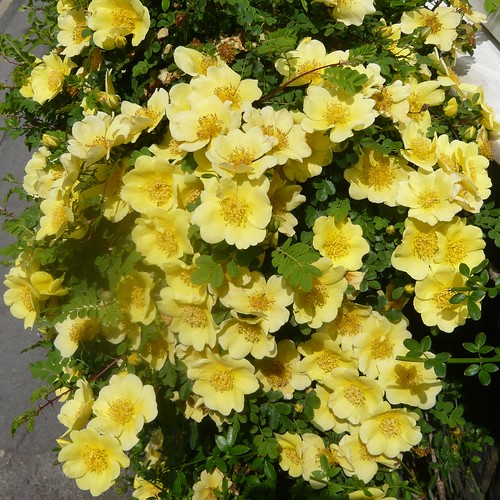
Whilst you decide which roses to grow why not eat a Roses chocolate or two?

